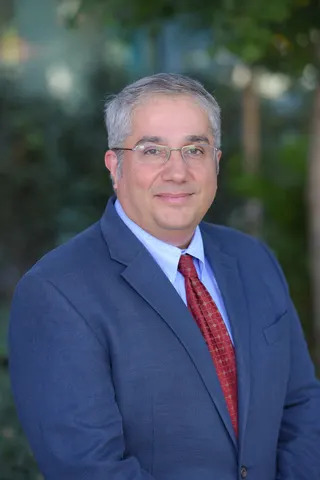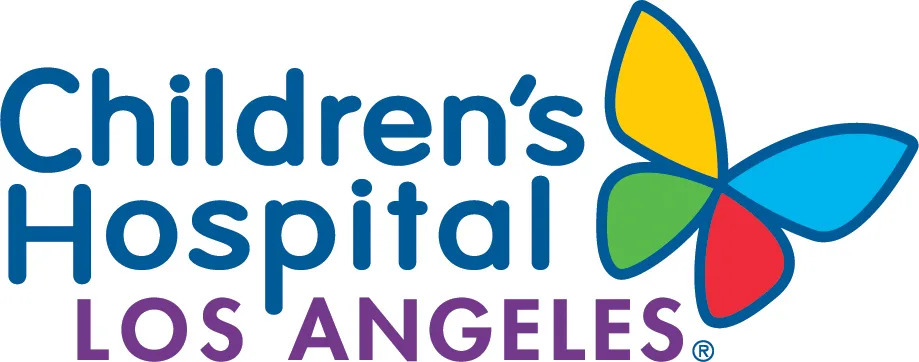Children’s Hospital Los Angeles Awarded $6 Million from CIRM to Advance CAR T-Cell Therapies in Recurring Solid Tumors in Children


CHLA Researchers receive CIRM award to develop regenerative therapy for recurring solid tumors in children.
LOS ANGELES, March 01, 2024–(BUSINESS WIRE)–Children’s Hospital Los Angeles has received a multi-year $6 million award from the California Institute for Regenerative Medicine (CIRM) to develop innovative stem cell approaches to treat children and adolescents with recurrent solid tumors. The Cancer and Blood Disease Institute (CBDI) is a recognized leader in pediatric cancer care and research.
When cancer reoccurs in children and young adults with solid tumors such as sarcomas and neuroblastomas, there are few good treatment options. Chemotherapy and radiation provide less than a 30% overall survival rate in patients with sarcomas and cause complications because of their toxic effects. Indeed, the survival of children and young adults with metastatic sarcomas has not significantly improved over the last 40 years.
This is why Children’s Hospital Los Angeles researchers focus on finding novel therapies using the patient’s own immune cells to treat childhood cancers. The CIRM funding will support further CHLA research into harnessing chimeric antigen receptor (CAR) T-cell therapy, currently used at CBDI to engineer a patient’s own white blood T cells to selectively target and kill solid tumor cells. This CAR T-cell approach enhances the engineered immune cells, so they are not disabled once they enter the solid tumor environment, allowing them to better kill the cancer cells.
“This therapy offers an alternative to our young patients whose tumors have returned and who currently lack good therapeutic options,” says Shahab Asgharzadeh, MD, Director, Neuroblastoma Basic and Translational Program, Division of Hematology-Oncology at The Saban Research Institute of Children’s Hospital Los Angeles and lead researcher on the CIRM grant. “We are taking an already transformational approach used for blood cancers and modifying it for use in difficult-to-treat solid cancers.”
Reengineering patient cells
CAR T-cell therapies work by reprogramming patients’ own immune cells, weaponizing them to directly recognize and target cancerous cells by the specific genetic changes in the tumor. CAR T-cell therapies have shown encouraging outcomes in blood cancers, but so far have not been selective enough to treat solid tumors without killing healthy cells as well.
CHLA researchers are now adapting this approach to treat solid tumors in children with a method called chimeric TGFB-signaling receptor (CTSR)-enabled anti-B7H3 CAR T-cell therapy. This strategy targets B7H3, an immune marker called an antigen on the surface of cancer cells, to identify and destroy the cells. Researchers will use viruses to expand sets of immune T cells that have been extracted from patients, engineer them to survive in the hostile environment of a solid tumor just long enough to destroy it—then infuse the enhanced cells back into patients.
“We hope this approach will address several of the key drawbacks of current CAR T-cell therapy such as lack of selectivity and poor suppression of immune T cells in the tumor microenvironment,” says Babak Moghimi, MD, Transplant and Cell Therapy Physician-Scientist at Children’s Hospital Los Angeles and co-investigator researcher on the CIRM grant. “The CIRM award will help the team establish the protocols and regulatory documents to conduct a clinical trial, which will enable us to file an Investigational New Drug application with the FDA, so we can translate this research into better therapies for patients.”
This is not the first CIRM grant CHLA has received. In 2022, CIRM awarded $8 million to the Keck School of Medicine of USC and Children’s Hospital Los Angeles to establish a CIRM Alpha Clinic. The USC+CHLA Alpha Clinic is led at CHLA by Alan Wayne, MD, Pediatrician-in-Chief and Senior Vice President of Academic Affairs, and Chair of the Department of Pediatrics. The clinic, part of a network of sites, has expanded personnel dedicated to advancing clinical trials of new cell and gene therapies and to engage underserved communities in these studies.
“That investment kickstarted the development of a strong base of staff with expertise to translate discoveries into new therapies and accelerate progress in cell and gene therapy based clinical trials,” says James Amatruda, MD, PhD, Interim Chief and Director of the Cancer and Blood Disease Institute. “We are confident that this support from CIRM will further strengthen the capabilities we have developed in cellular therapy at CHLA.”
About Children’s Hospital Los Angeles
Founded in 1901, Children’s Hospital Los Angeles is at the forefront of pediatric medicine and is the largest provider of hospital care for children in California. Children’s Hospital is home to renowned experts who work together across disciplines to deliver inclusive and compassionate care, and drive advances that set pediatric standards across the nation and around the globe. Children’s Hospital Los Angeles provides a level of care to its diverse population of children that is among the best in the world. The hospital is consistently ranked in the top 10 in the nation on U.S. News & World Report’s Honor Roll of Best Children’s Hospitals, including No. 1 in California and No. 1 in the Pacific U.S. region. Children’s Hospital Los Angeles embraces its mission to create hope and build healthier futures. Children’s Hospital Los Angeles is among the top 10 children’s hospitals for National Institutes of Health funding. The Saban Research Institute of Children’s Hospital Los Angeles supports the full continuum of research, allowing physicians and scientists to translate discoveries into treatments and bring answers to families faster. The pediatric academic medical center also is home to one of the largest training programs for pediatricians in the United States. And the hospital’s commitment to building strong communities is evident in CHLA’s efforts to fight food insecurity, enhance health education and literacy, and introduce more people to careers in health care. To learn more, follow us on Facebook, Instagram, LinkedIn, YouTube and Twitter, and visit our blog at CHLA.org/blog.
